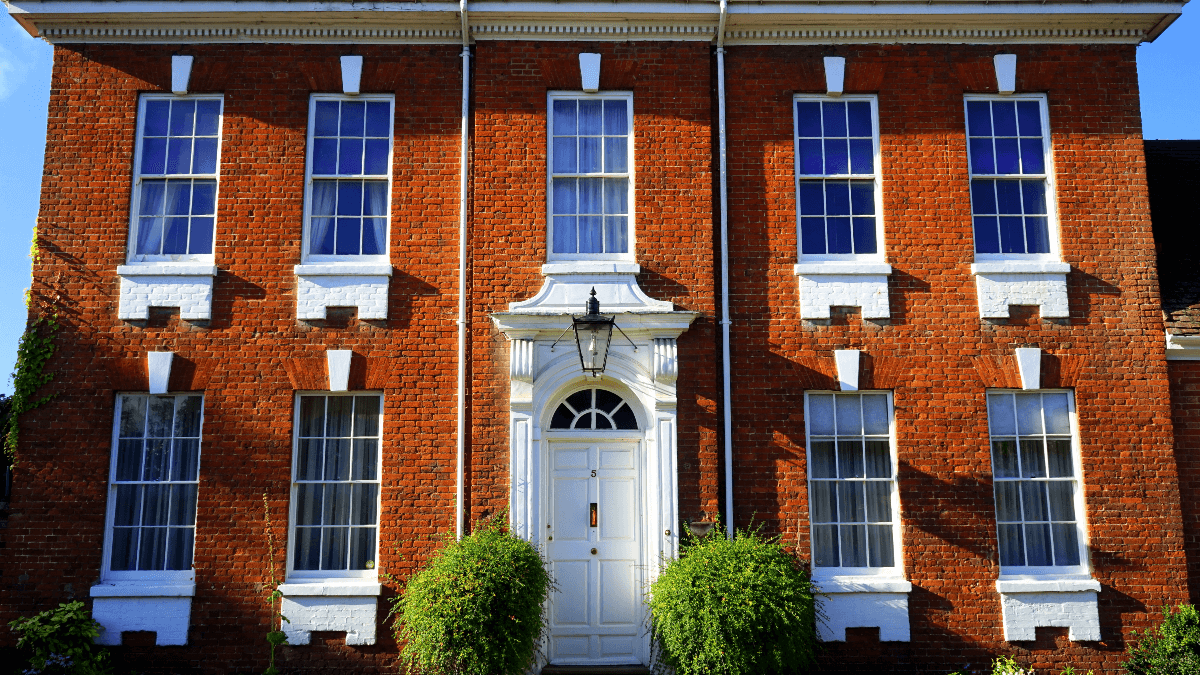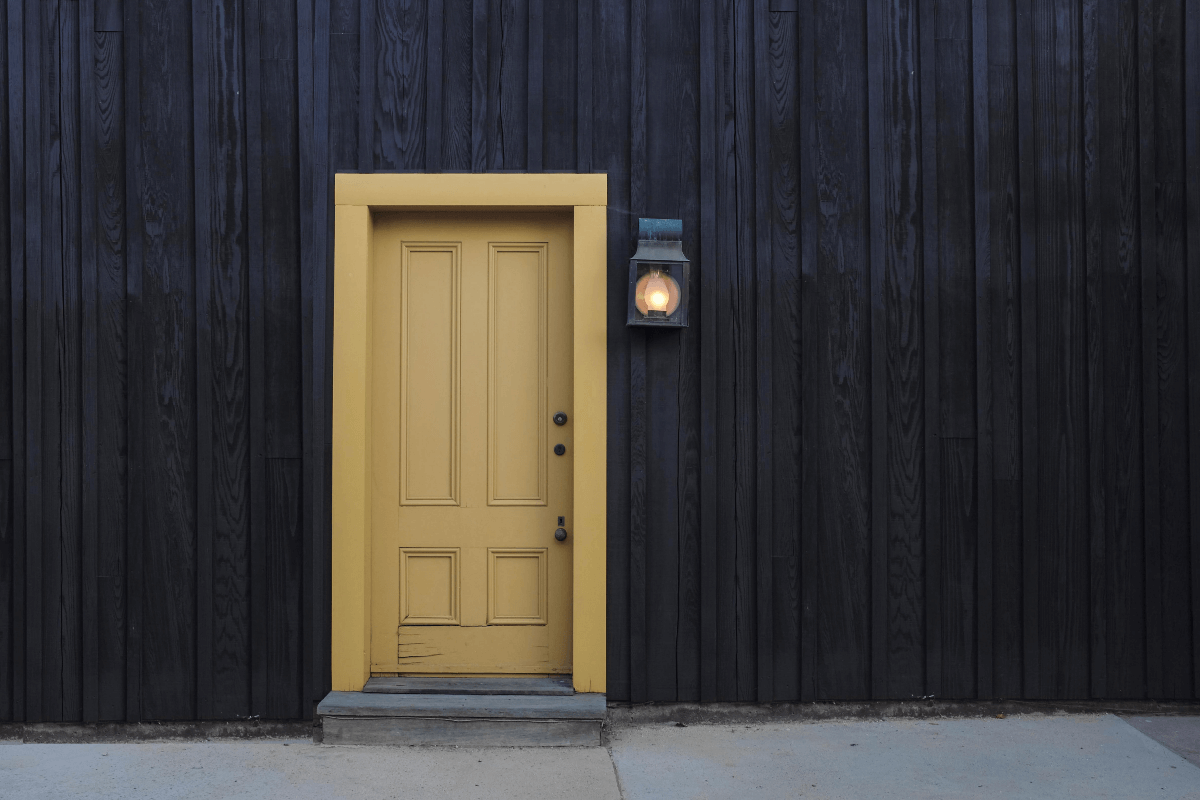Updating the siding on your home is a big decision. The choice of material determines a lot more than your home’s style and beauty: each material has unique pros and cons regarding maintenance, protection, and longevity. Some issues to consider when deciding include water resistance, durability, aesthetics, energy efficiency, and cost. Fortunately, there is a type of siding material for every style and budget.
Vinyl
Vinyl is by far the most popular siding material. It is durable, usually lasting at least 30-40 years. It requires little maintenance, only an occasional power wash to keep it clean. Vinyl is probably the least expensive option for replacing the siding on your home.
The color choices of vinyl are endless, so you can choose exactly the hue you are looking for to complement the rest of your home. But once you pick a color, you have to stick with it – vinyl can’t be painted, and tends to fade over time.
While it is water resistant, it is not completely waterproof, and has been known to warp in extreme weather (heat, cold, or water).

Brick
Brick is a stylish option and adds lots of aesthetic appeal to you home. If installed well, brick siding will last a lifetime, without fading or frequent maintenance. It is one of the most expensive siding options.
Brick is highly fire resistant, termite proof, and weather resistant. However, the mortar might deteriorate over the years and need to be repaired.
Once chosen, the color is permanent and brick cannot be painted. Fortunately, brick siding comes in many colors and design options.
Stone
Stone siding is one of the most beautiful and expensive siding options. Resistant to water, wind, fire, extreme temperatures, and insects, stone is incredibly durable and is sure to last a lifetime.
Installing stone requires heavy labor and takes longer than other materials, but no maintenance is needed after the initial installation (except an occasional power wash).
There are stone veneer options available that give you the look of natural stone at a fraction of the cost. However, faux stone is not as resistant to water damage or extreme temperature changes.

Wood
Wood siding brings a natural, warm look which continues to be popular among homeowners.
One benefit of wood siding is that repairs can be made in small sections if needed, rather than having to redo an entire panel or side. Additionally, you can choose from countless colors of wood stain or paint. However, it needs to be regularly maintained and repainted every 2-5 years.
Because it is lightweight, installation is faster and easier, which reduces overall labor costs. Wood siding is also more energy efficient than some other types of siding material.
One thing to consider with wood siding is that it is vulnerable to water and insect damage, and is not fire resistant.
Fiber Cement
Fiber cement siding is growing in popularity as an alternative to wood siding. It is a mixture of wood fibers, sand, and cement designed to imitate the feel of natural wood (or even brick or stone), with less maintenance and cost.
It comes in dozens of colors and designs, so you can choose the best option to complement the rest of your home. It is guaranteed not to chip or fade for 15 years, but after that, it will need to be repainted every 12-15 years. Additionally, minor chips need to be painted because the color is only on the surface of the material.
Fiber cement is extremely fire resistant, and is not susceptible to rotting or wood insects, so your home will be protected for years to come.
Ready to Get Started?
If you’re looking into new siding for your home, we hope this guide to the types of siding material has been helpful. You can find plenty of other helpful guides online, such as this one from Consumer Reports, this discussion of different types of siding, and this examination of whether you should switch from wood to vinyl siding. Internet research will only take you so far, however, so don’t be afraid to hire or consult a professional for help! Contact David Barbale for any questions or assistance with your home improvement needs.


I am interested in new siding. My home has cedar clap board. I am ready to paint again, but thinking maybe new siding is better.
If I can gain some thermal advantage I might consider a new material siding